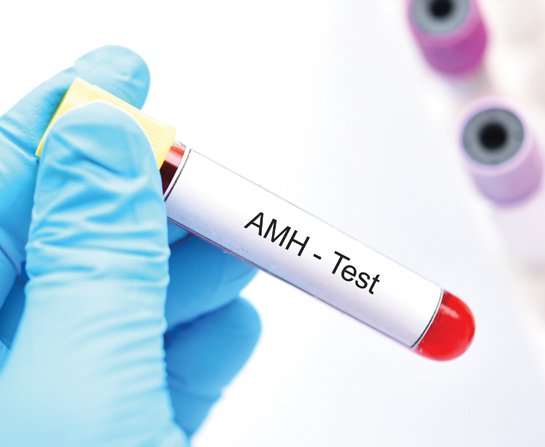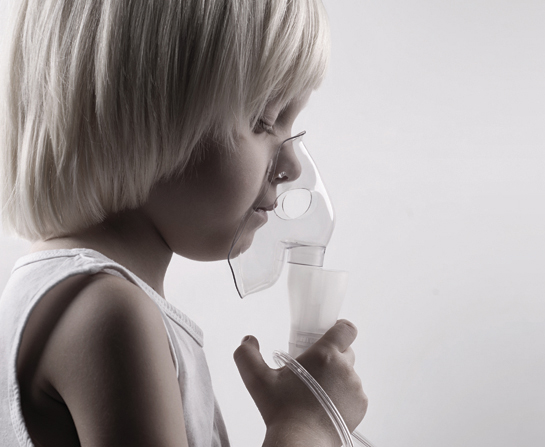Dr Ch’ng Chin Chwen
Consultant Dermatologist
WORDS: HANNAH MAY-LEE WONG
Well, there is no such thing as perfect, but with some tender loving care (and the help of a skin specialist), we can certainly make improvements to our complexion.
We all want to look our best during the holiday season. But how do we do that when we all have different skin qualms? This month, consultant dermatologist Dr Ch’ng Chin Chwen provides some tips about some of the most common skin troubles we face and how to fix the problem.
ACNE
SHOULD WE SQUEEZE?
It depends on the type of acne you have and whether the acne is matured. Generally, there are two types of acne:
Also known as comedones or more commonly referred to as blackheads and whiteheads. It is best not to squeeze or pick these. Anti-acne medications are able to dissolve them. Be careful though; comedones typically do not leave scars, but forcefully squeezing them might cause scarring.
These include pustular and cystic acne. If you have pustular acne and it is matured and ready to pop, I would recommend extracting it, but make sure your hands and equipment are clean or sterile. Cystic acne is more severe and would normally require oral medication to treat. Furthermore, some larger cystic acne may need to be injected with a low dose of steroids to reduce inflammation and to shrink it. This way, scars are less likely to form. Pustular and cystic acne tend to leave scars if not treated properly.
FOOD WITH HIGH GLYCAEMIC INDEX (SUGARY FOODS AND BAD CARBS) AGGRAVATE ACNE.

HOW DO WE TREAT ACNE?
For mild cases of acne, topical anti-acne gels and creams are effective. These come in the form of antimicrobials, topical retinoids, azelaic acid and others. Some products contain AHA and BHA which can help dissolve comedones. With these products, you’ve got to be patient because it takes a few weeks for improvements to be seen. When applying topical products, I would not advise people to only dot the product on the pimples. It is better to apply a thin layer onto the entire face to prevent new ones from popping up.
Oral medication for acne includes oral antibiotics, synthetic retinoids and hormonal treatment (for women). However, more and more dermatologists are steering away from these options, particularly antibiotics and hormonal treatment. Previously, doctors would first prescribe antibiotics to acne patients for three to six months to try. If it doesn’t work, they upgrade to other treatment options. But on top of the unwanted side effects of long-term use of antibiotics, doctors found that when the patients stopped taking them, the acne came back. Hormonal treatment is a good option for women, especially those with polycystic ovary syndrome (PCOS) which also causes acne. However, the side effects of hormone treatments include bloating, weight gain and water retention. Retinoids are considered the gold standard of acne treatment, but are not suitable for women of childbearing age because retinoids can pass through the placenta and cause neural tube defects.
Physical methods to treat acne are gaining popularity. These include light-based therapy, laser treatment, chemical peels and radiofrequency. Each method works differently, but they all share the common aim of shrinking the sebaceous glands that cause acne. For me, creams and oral medications are still the first line treatments, and physical methods are used as adjunct treatments.
ANY FOODS WE SHOULD AVOID?
Food with high glycaemic index (sugary foods and bad carbs) aggravate acne. It’s best to avoid them when having a breakout.
HOW DO WE DEAL WITH ACNE SCARS AFTER A BREAKOUT?
If you get pigmentation which appears immediately after a breakout, these will fade eventually on its own. Scars that are protruding (keloid scars) will need procedures such as low- dose steroid injections to get rid of them.
Those with scars that are sunken (for example, ice pick scars), can opt for the chemical reconstruction of skin scars (CROSS) technique. This procedure involves trichloroacetic acid being dotted into scarred areas to smoothen them. Box scars or uneven skin can benefit from fractional ablative laser treatment. This involves a dermatologist dotting small injuries onto the scarred skin, so that the area will heal with a reduction of scarring.
WRINKLES
WHY DO WE GET WRINKLES?
Ageing is a natural and inevitable process, and unfortunately, we get wrinkles as we age. Intrinsically and genetically, our cells continuously multiply throughout our lifetime. As this happens, our telomeres shorten and we accumulate cell damage as we go along. Extrinsically, environmental factors like sun exposure makes you age faster. Collagen begins to break down after 15 minutes of being in the sun. People who smoke will also age faster and develop fine lines.
IS IT POSSIBLE TO PREVENT WRINKLES?
There are two types of wrinkles: dynamic wrinkles are those that appear when your face muscles move, and fine lines are those that are there even if there is no movement.
People with less facial expression tend to get less dynamic wrinkles. But if you really want to slow down wrinkle formation, having a healthy lifestyle is the best way to go about it. Diligent sun protection helps too. In terms of products, retinol or retinoids and antioxidants are key ingredients that slow down the appearance of fine lines. You can’t completely prevent wrinkles from forming, but you can slow down the process.
WHAT ARE OUR OPTIONS FOR LESSENING THE APPEARANCE OF WRINKLES?
You could opt for botulinum toxin injections – these are most effective for lessening dynamic wrinkles. For fine lines, you can use retinoids or retinol products, or you can go for laser treatments or chemical peels which stimulate collagen production.
Lines that are very deep are called fixed lines. These initially appear as dynamic lines, but over time they become fixed and are there even when you don’t smile or frown. To lessen these, you would need fillers. Wrinkles can also appear due to sagging, especially when you lose weight. People who have these will benefit from skin tightening procedures and fillers.

PIGMENTATION
WHY DOES SKIN PIGMENTATION APPEAR?
There are many kinds of pigmentations, caused by various factors. Freckles occur due to genetic reasons. Solar lentigo is caused by accumulated years of sun exposure. Melasma is a little more complicated. It can appear due to emotional factors such as stress but can also be caused by hormonal factors and excessive sun exposure. Some people call melasma a mask of pregnancy because women can get it when they are pregnant.
HOW DO WE PREVENT IT?
No matter the cause of pigmentation, the best way to prevent them is sun protection. Freckles, melasma and solar lentigo all darken and worsen when exposed to the sun.
HOW DO WE LIGHTEN SKIN PIGMENTATION?
Again, sun protection. If you protect your skin from the sun enough, it will lighten with time since the skin has the ability to self-repair. If you feel your skin needs some extra help, there are products and procedures that can lighten pigmentation.
Bleaching creams have hydroquinone in them, but I wouldn’t advise to use these long-term because you might get side effects like developing a greenish/bluish tint to the skin (it happens if you use too high of a concentration for too long). Another key ingredient that works is arbutin. It is safe to use as long as your skin is not allergic.
Alternatively, you can go for laser treatments or chemical peels to lighten your skin tone. All these treatment options must be followed by sun protection because freckles and pigmentation can potentially reappear again.
HOW MUCH SUN PROTECTION DO WE NEED?
Get a broad-spectrum sunscreen that protects against UVB and UVA. Textbooks will tell you that you’ll need SPF of at least 30 or 35, but that’s based on a measurement of 2g per cm2 (that’s a thick layer). Most people do not apply that much due to the white cast it gives and it might not feel very comfortable on the skin.
I would advise people to get as high an SPF as they can afford. You are not going to get the exact level of SPF labelled on the bottle. For example, if you apply SPF 35, you might get 7 in actuality.
NO MATTER THE CAUSE OF PIGMENTATION, THE BEST WAY TO PREVENT IT IS SUN PROTECTION
Don’t forget to apply on areas like the ears, neck, hands and toes. Also, note that each application does not protect you for long hours. Guidelines say if you are indoors, you should re-apply every two hours, and if you are outdoors, every hour. Although you have sunscreen on, it’s still important to seek shade especially when the sun is strong. Wear a wide-brimmed hat and large sunglasses for more protection. If you’re worried about vitamin D deficiency, you can always get it from food such as salmon or vitamin supplements.
REDNESS
WHY DO SOME PEOPLE GET REDNESS?
The reason for redness on the skin depends on whether a person has any pre-existing conditions. People can get redness due to acne, eczema or rosacea. Rosacea generally does not get enough awareness in Asia. It is characterized by facial flushing with redness, visible blood vessels, rough skin or even acne-like eruptions, which is why when acne appears on mature skin, we always need to make sure it is not rosacea. People with rosacea tend to get flushes of redness especially when they are hot or eat spicy food.
Other uncommon causes of redness on the skin include photosensitivity – certain people cannot tolerate sunlight and whenever they get exposed, they get red. Some autoimmune diseases like systemic lupus erythematosus (SLE) can cause redness too.
WHAT CAN WE DO TO MAKE IT GO AWAY?
It is important to get the diagnosis right, and then to treat accordingly. If you get lots of redness on your skin and you’re concerned, it’s best to consult a dermatologist. HT































